Labidochromis: popular types and tips for keeping
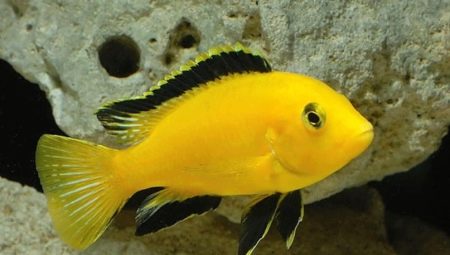
Among the many fish species used by aquarists, labidochromis deserves attention. This name refers to a whole genus of freshwater inhabitants, uniting 18 species. It is useful to know what are the characteristics of specific varieties and what to look for.
Peculiarities
Labidochromis are recognized, according to the existing biological classification, representatives of the cichlid family. The whole genus comes from Lake Malawi, the rights to the water area of which are shared by 3 African governments. Labidochromis are concentrated mainly in rocky ridges close to the Tanzanian coast. In nature, these animals eat larvae and small arthropods. The bulk of the prey populates algae and pitfalls.
The body structure typical for most types of labidochromis implies a medium-sized mouth with elongated upper teeth of modest size. The jaws, like the individual teeth in them, look like tweezers. The body of the fish is oblong and similar in geometry to other cichlids.
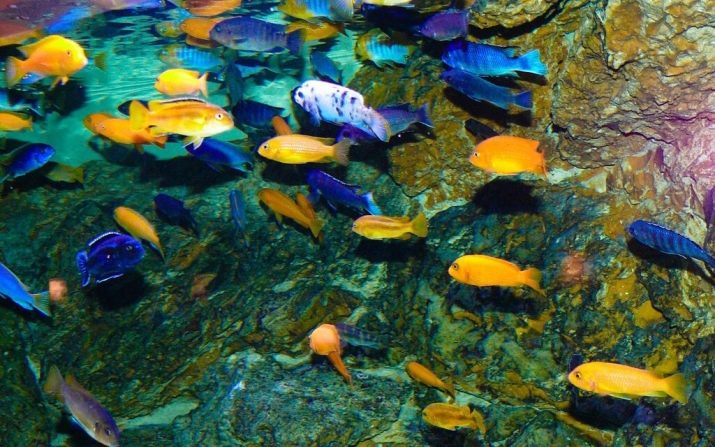
The different types are either striped or monochromatic. Labidochromis are never larger than 0.1 m.
Varieties
Labidochromis yellow is popular. As you might guess from the name, the body of the fish has a juicy yellow tone. There is no difference between male and female, with the exception of the dark area of the eyes: they are colored the same way. The fins are black and only the dorsal prominence has a white line. The body length reaches 0.09 m.
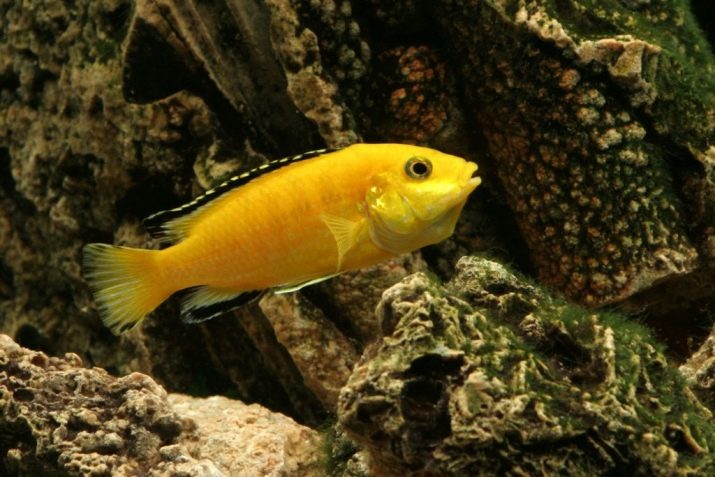
Labidochromis hongi sweden is rarely used by aquarists. In nature, it inhabits the vicinity of Lundo Island.In contrast to the yellow form, this animal is distinguished by well-pronounced sexual differentiation: the males are characterized by a blue or mixed with white color, the females have a brown skin, and the dorsal fin is colored orange.
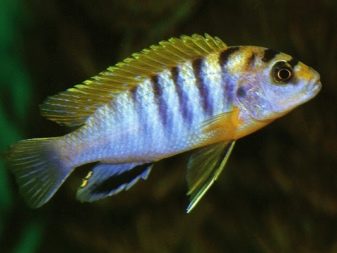
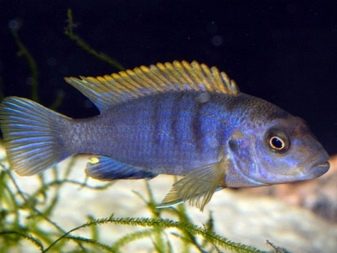
The demand for the species labidochromis ed. Is constantly growing. As you can tell from this name, the fish are colored deep red. Animals differ from yellow by more caution. Important: at a respectable age, females become similar in color to males. Breeders, using the Hongi Sweden breed, bred the kimpum ed.
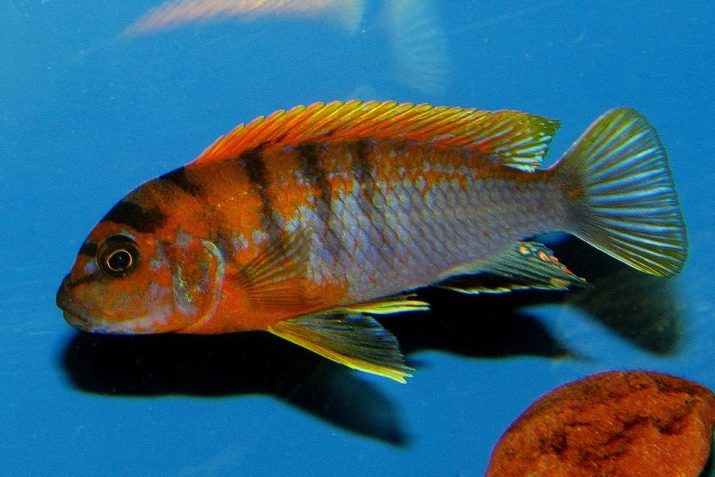
A feature of the species is a reddish stripe on the frontal part and on the dorsal fin. Important: the fry are about the same color as the hongs. Confusion occurs very often. As for the mbamba bay species, as well as pearlmouth, it must be pointed out that these subtypes have been studied very little. Cerulius white nkata bay (aka hummingbird) has a dominant pale yellow tone.
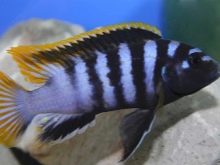
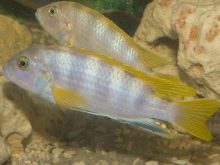
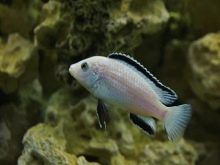
Males of cerulius are larger than females, they have well-developed fins. Important: within the same population, there may be specimens with or without black stripes. In some cases, ceruli are passed off as yellow. Fish swim very actively and very dexterous. Under favorable conditions, the age can be 7 years.
The Chizumulu species was named after the island, around which such labidochromis live. White is typical for him. It is mixed with a light pearlescent tone. There is also a Freiberg species named after the discoverer. For its violet-blue color, the fish is often referred to as "miniature zebra".
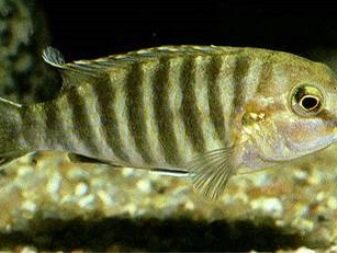
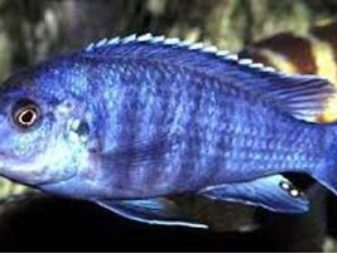
The snow prince fish can have not only white, but also a light bluish tint. At a young age, aquarium pets are slightly darker. Due to the fact that these animals are albinos, they have deep red eyes.
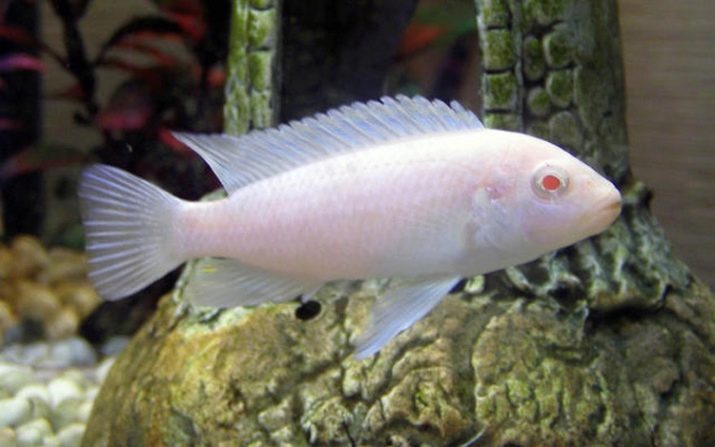
Such fish live from 8 to 12 years. Even not very experienced aquarists can keep them.
Recommendations for aquarists
The content of labidochromis is possible in aquariums with a capacity of 100 liters, a lid must be prepared. The environment in the reservoir should reproduce the same conditions as in Lake Malawi. Sand is poured at the bottom and pieces of coral are laid out. Be sure to take care of maintaining an alkaline environment (with a pH of 7.4 to 8.3). The recommended temperature range is 23-28 degrees.
All types of labidochromis adore shelters and original uneven terrain.
Such elements immediately make the aquarium more comfortable. It is imperative to grow valisneria and algae similar to it in the reservoir. In order for them to develop normally, the bottom is equipped with pieces of trees. The water should be thoroughly saturated with oxygen; for this, aerators and filters are used.
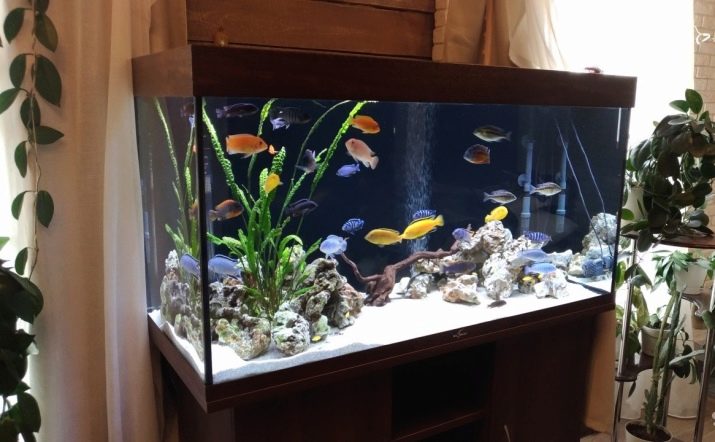
The fluid must be changed in a planned manner. It is recommended to do this in equal portions for 21 days (every 7 days). Given the peculiarities of the natural diet, labidochromis should be given:
- spirulina;
- small crustaceans and crabs;
- salad.
Feeding variation affects more than just animal health. Color saturation directly depends on them. The best result is obtained with a diet that is as close as possible to the diet in nature. At the same time, the color looks as natural as possible.
Food should be given to fish twice a day; it is unacceptable to keep them in the same aquarium with carnivorous inhabitants.
There are references to broods of up to 60 labidochromis. However, ordinary aquarists will have to limit themselves to a more modest result - up to 25 pieces. Adult specimens can destroy eggs, so females carry it in their mouths. Incubation takes 90 days at a normal temperature of 27 degrees.
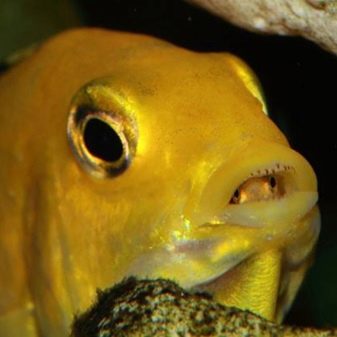
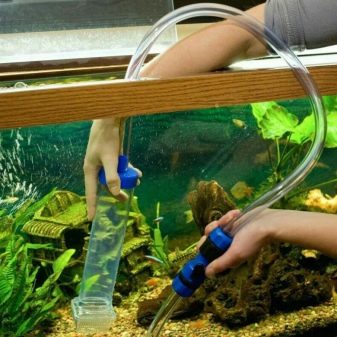
Fry should be given:
- cyclops;
- nauplii brine shrimp;
- various types of dry food.
Important: food should be free of nitrites, ammonia, nitrates. Such components greatly harm the development of fish. If suitable conditions are provided (including temperature), the fry will be able to grow to 0.02 m by the end of the second month of life. It is perfectly acceptable to place fry in the same tank as adults. Sexual maturity is reached by 7–8 months, and the total life span can reach 6–8 years.
Labidochromis has a peaceful disposition and can live with any calm fish. Aggressiveness does not cause problems even during spawning. Usually 5-10 specimens are planted in the aquarium. When there are enough "friends", the African guest simply ignores other species. Important: do not populate any kind of veiled fish in the same place - it can still suffer.
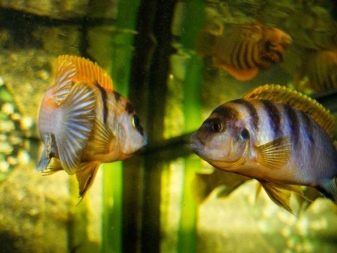
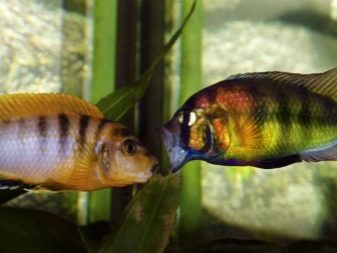
Water hardness for labidochromis should be 8–20 °, the recommended pH value is from 7.6 to 8.8.
To decorate the aquarium, it is advised to use:
- caves;
- rocky compositions;
- grottoes.
The bottom of the vessel is sometimes lined with a combination of limestone, sand, crushed coral and crushed marble.
Labidochromis is omnivorous, it can even eat shellfish, snails and insects, as well as peas.
For your information: it is strictly forbidden to feed such fish with a tubule and bloodworm... This can even lead to the death of animals. You shouldn't overfeed African cichlids in the strictest way.
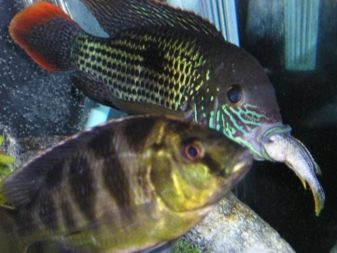

The best combination of labidochromis is formed with:
- chain mail catfish;
- ancistrus;
- catfish synodontis;
- rainbows;
- large zebrafish;
- aulonocars;
- labeo;
- corridors;
- pseudotrophies;
- thoracatums;
- blue dolphins.
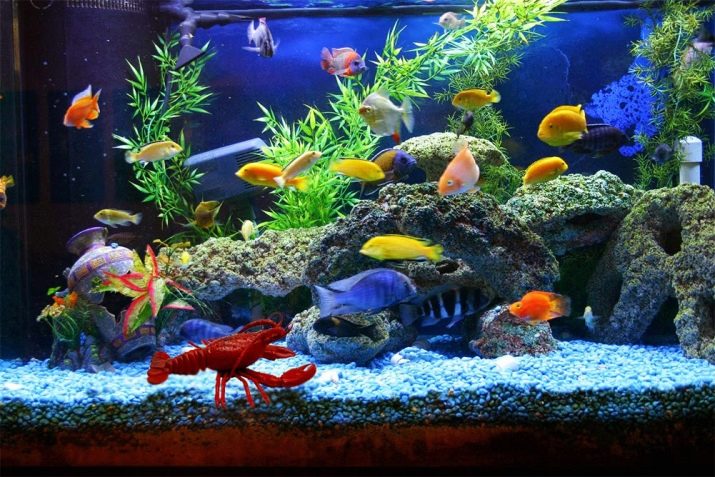
It is strictly unacceptable to combine this fish with:
- goldfish of all types;
- viviparous;
- haracin;
- labyrinthine individuals.
For your information: an aquarium with a capacity of 100 liters is suitable for 3-4 females and 1 male. If the vessel contains 200-300 liters of water, it will be possible to keep there a whole beautiful flock. You can experiment with the landing of Anubias and Cryptocoryne. A very simple type of decor is a coconut shell. If these guidelines are followed, very attractive results can be obtained.
What you need to look for when buying and breeding labidochromis can be found in the video below.








